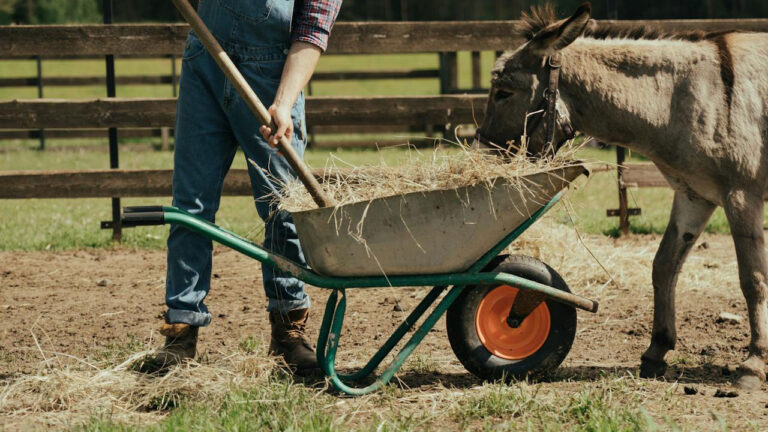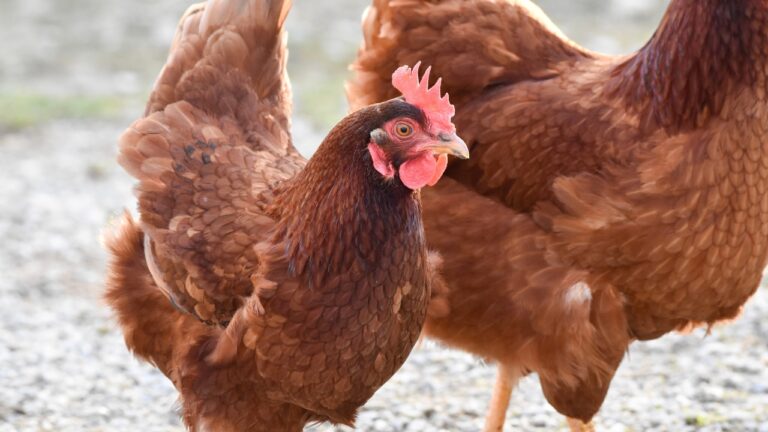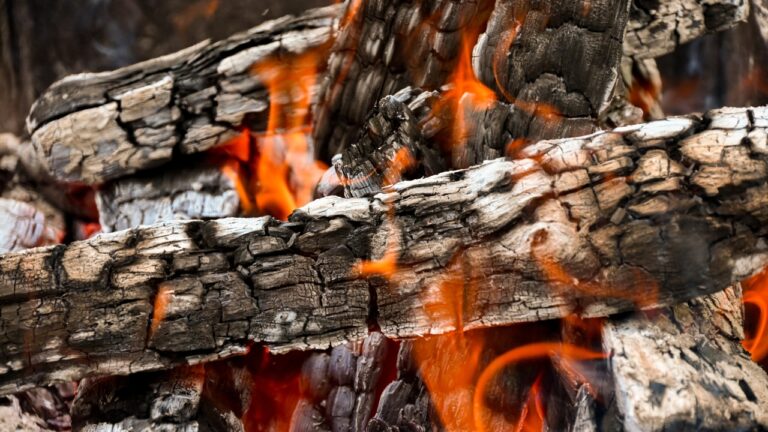How to Keep Skunks, Snakes, and Raccoons From Tearing Up Your Property
These three are some of the most frustrating pests to deal with. They’re clever, persistent, and show up when you least expect it. Skunks tear up the yard. Snakes sneak into cool, dark spots. Raccoons go straight for feed or trash.
Keeping them out means making your place less inviting without risking damage to your animals or property.
Seal Gaps Where They Like to Hide
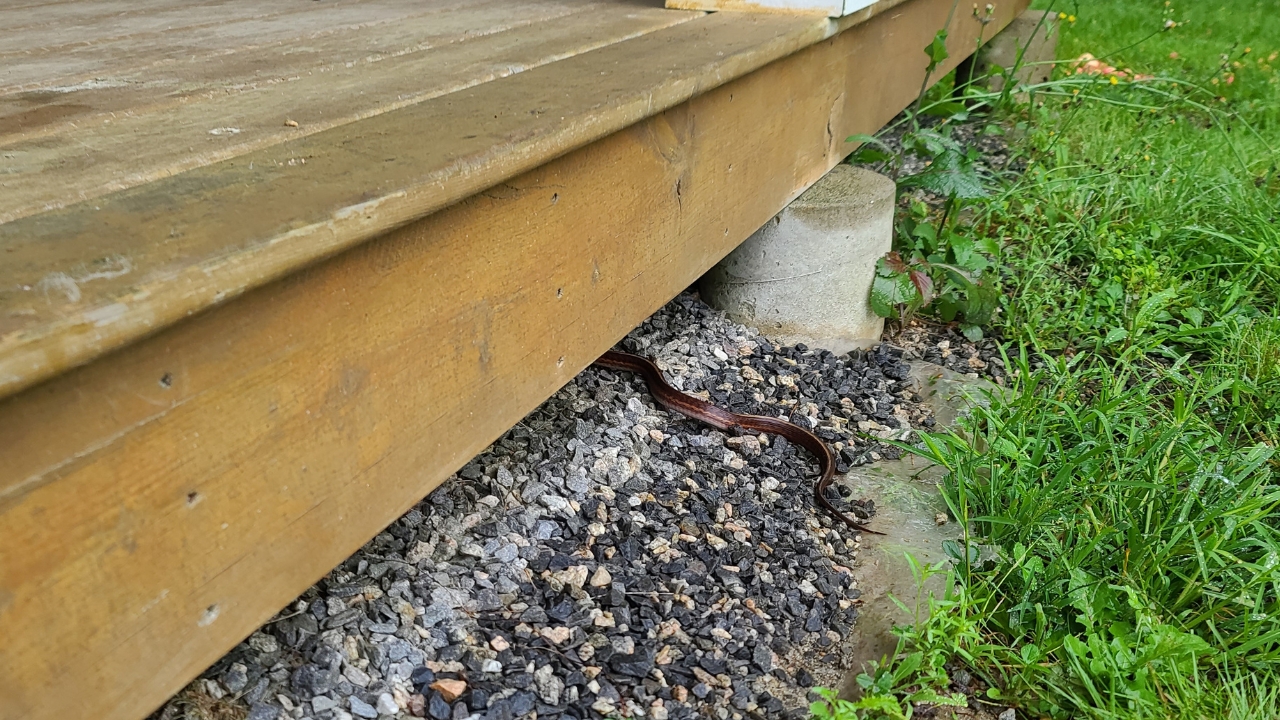
Skunks and snakes love cool, quiet spots under sheds, decks, and porches. Close off those areas with hardware cloth or heavy-gauge wire that runs a few inches below ground. Leave no space wider than an inch, and check regularly for signs of digging.
Stop Leaving Pet Food Outside

Even a half-empty bowl of kibble is enough to bring in raccoons—and once they know where to find food, they’ll keep coming back. Bring food and water bowls in at night and clean up around feed stations to keep smells down.
Use Motion-Activated Water Sprayers
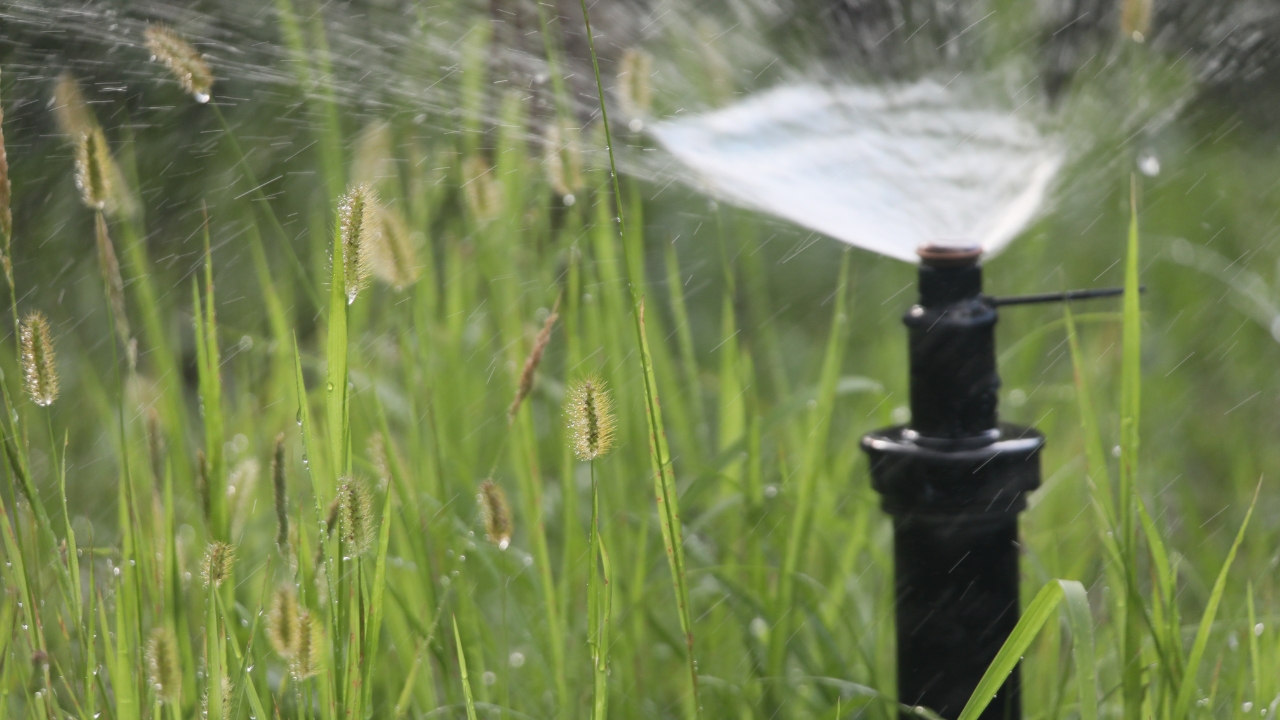
Raccoons and skunks hate getting wet. A motion-sensor water sprayer can startle them enough to convince them to leave. Set it near known trouble areas—like trash bins, coops, or compost—and angle it low so it targets smaller animals.
Secure Trash Bins and Compost

If you’re tossing food scraps into a loose compost pile or have trash bins that don’t latch, raccoons will get into them. Use tight lids and heavy bins that can’t be tipped easily. Avoid tossing meat or dairy into compost where animals can smell it.
Keep Grass Trimmed and Clutter Low

Tall grass and debris piles give snakes places to hide and hunt. Keep your grass short, especially around buildings, and remove anything leaning up against walls. Old boards, pipes, or unused lumber are perfect hiding spots that need to go.
Use Repellents That Target Smell
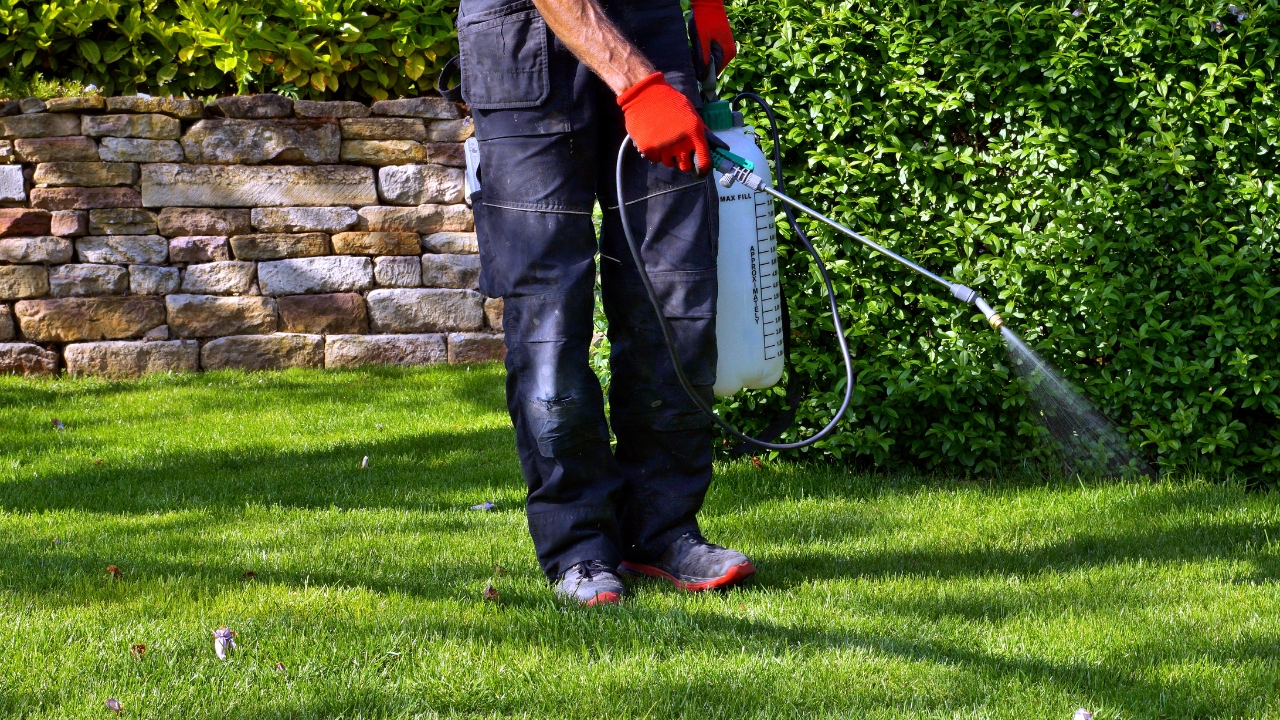
Skunks and raccoons rely heavily on scent. Commercial repellents that use predator urine or spicy compounds can help—but reapply them after rain. You can also soak rags in strong-smelling substances like ammonia and place them near problem areas, but rotate them often so the animals don’t get used to it.
*This article was developed with AI-powered tools and has been carefully reviewed by our editors.



